The University of the Philippines Diliman (UPD) campus as I know it in the mid ’90s didn’t have a lot of changes.
I don’t remember any fully-functional restroom when I was studying in UPD. There might have been a few but it would eventually end up like the rest: with no flush, cracked toilets, non-working faucets, and the stench that would momentarily disappear for a day but would go back as quickly as it was cleaned the day before.
Students somehow accepted it because UP is, in fact, a public school.
Then six years ago, a miracle happened.

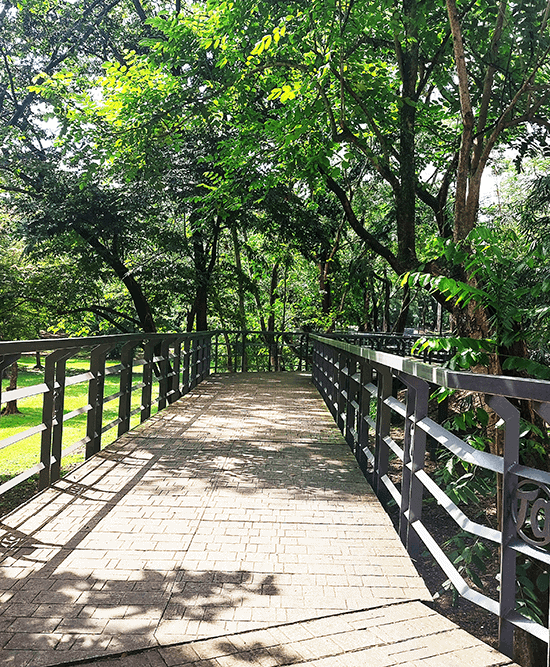
If you studied in UP back in the ’90s, you would probably remember the restroom of the U.P. Shopping Center. Miraculously in 2017, the restrooms saw improvements with the installation of new water closets and, lo and behold, a bidet was installed.
Before jumping any further, here’s a brief timeline of changes on the campus:
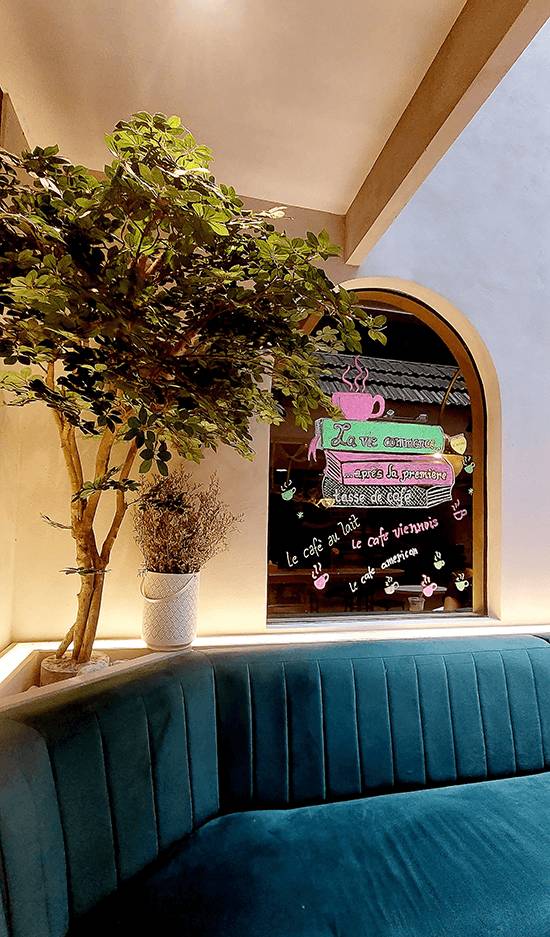
Post-war rehabilitation in the 1950s produced the iconic neo-classical buildings around the Academic Oval such as the Main Library and Quezon Hall which were designed by National Artist for Architecture Juan Nakpil.
Benitez Hall or the College of Education is an example of a Spanish mission-revival style structure which is protected from any form of alteration, modification, or destruction under the National Cultural Heritage Act. It was designed by Juan Arellano. The same notable architect also designed Malcolm Hall or the UP College of Law. The main building was built before the Japanese Occupation and was first used in 1948.
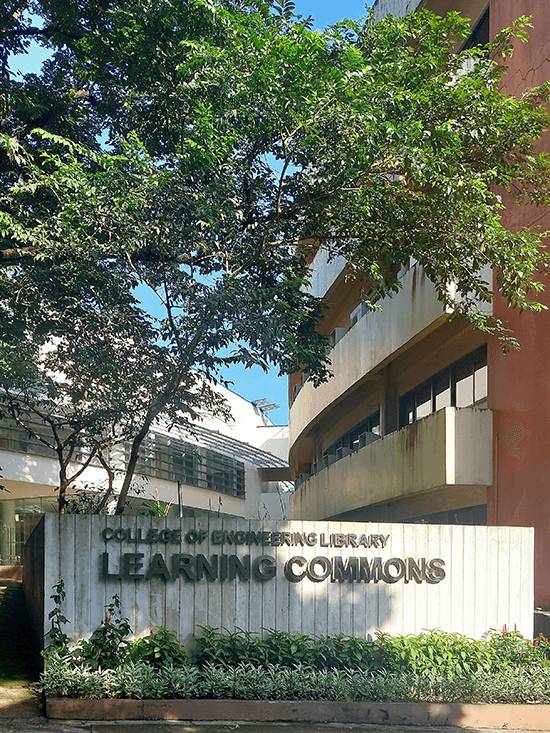
Standing proud facing each other are two of the more recognizable mid-century modern structures around the oval — Melchor Hall (College of Engineering) with Bauhaus elements, and Palma Hall (College of Social Science and Philosophy).
Near Palma Hall is Vinzon’s Hall (Student Union Building), another mid-century structure designed by Cesar Concio in 1959.
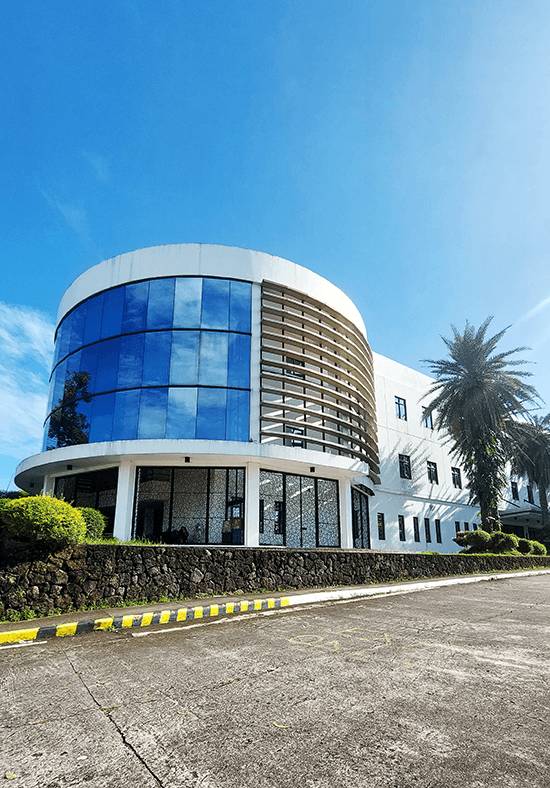
At the end of former UP president Carlos P. Romulo’s term in the late ’60s, a lot of colleges were established. A major example is Virata Hall (UP Virata School of Business) which was designed in the brutalist style by Victor Tiotuyco which also houses Napoleon Abueva’s futuristic sculpture titled “Spirit of Business” installed at the entrance. Another addition would be Abelardo Hall (College of Music) by Juan Nakpil and Plaridel Hall (College of Mass Communications) in another brutalist setting by Tiotuyco.
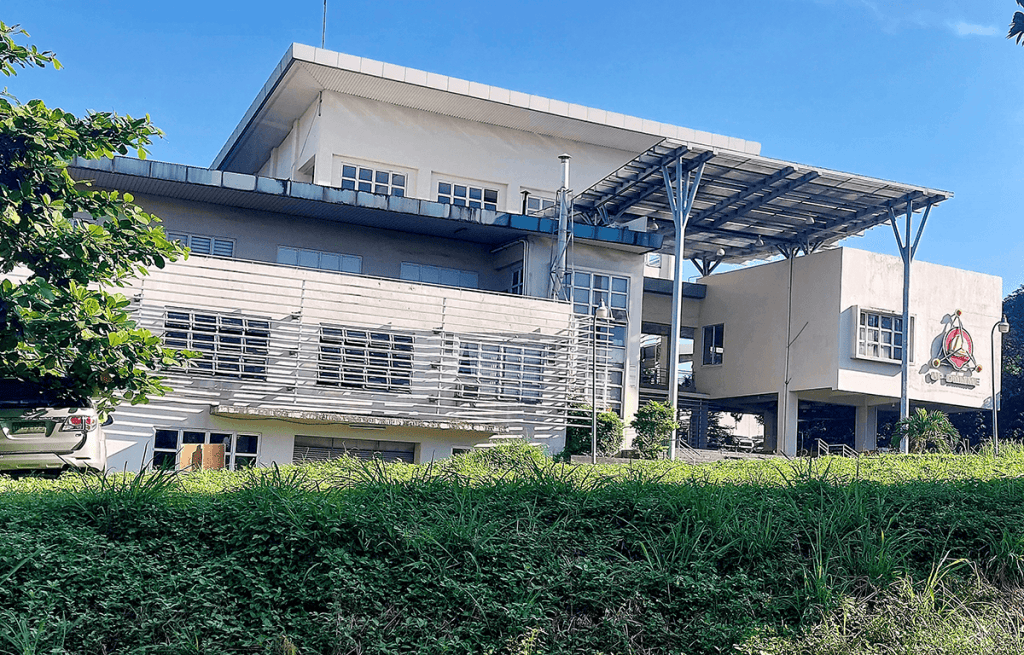
Beyond the Academic Oval, you will find the National Science Complex which is situated past Alonso Hall (College of Home Economics) and the iconic PAGASA Astronomical Observatory with its modern classic and quirky look. If it were painted a shade of mauve or mint green, it can easily be used as a backdrop of a Wes Anderson film.
The observatory becomes an apt gateway into the future as you enter the National Science Complex where new buildings have already been built. What’s notable in this part of the university is the amphitheater which is a perfect venue for mini concerts. When you cross the short bridge from the science complex, you will find yourself in the rest of the Engineering bloc. The building design in these parts is mostly white and utilitarian. What makes some of the buildings here interesting is some of them may look like just squares but the monotony is joyfully disrupted by the unevenness of the ground it was built on, which makes the structures look layered and somewhat textured.
In recent years, it was not only the very lowly restroom at the SC that got its transformation on the 493-hectare UP Diliman Campus. This hope for clean and working toilets is now just a small part of its unfolding and changing reality as the university hatches a new version of its very ancient self, getting ready to take on the future.
